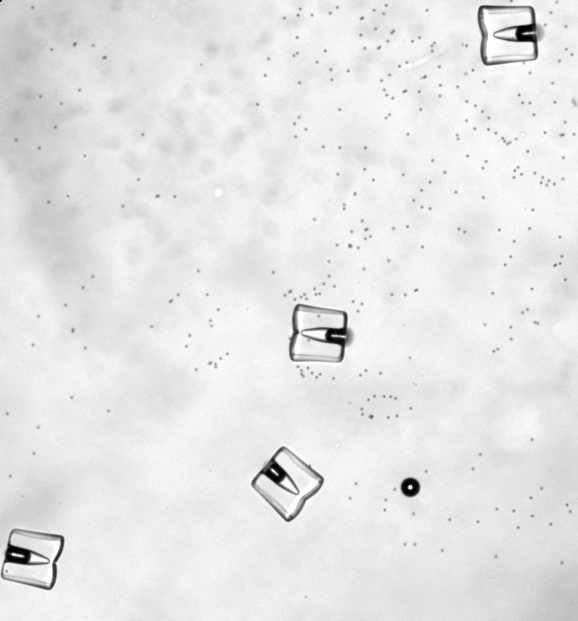ARSL

Acoustic Micro/nanorobots
microfluidics
Micro/nanorobots can transform a variety of medical tasks such as targeted and precise delivery of drugs or genes, applying forces on specific cells or tissues, performing biopsies, and facilitating non-invasive surgeries. Numerous propulsion mechanisms have been developed by the use of different physical and chemical principles, but the lack of biocompatibility, low propulsion speed and forces, and poor navigation capabilities have limited their use in bio-applications. Use of ultrasound or high-frequency acoustic fields at moderate levels of pressure is regarded as a safe, non-invasive, and relatively inexpensive procedure. Ultrasound can generate large propulsive forces, and penetrate deeper into the tissue, allowing internal application within animals. We have developed several ultrasound-based propulsion mechanisms. We developed a new concept in micro-robotics using acoustic fields to induce propulsion via gas-filled oscillating microbubbles (see right videos).
Acoustic bubble-based microrobots


Neutrophil-inspired acousto-magnetic microrobots
Inspired by neutrophils rolling on endovascular walls before transmigrating to the disease site, we hace developed a novel propulsive mechanism based on combined ultrasound and magnetic actuation modalities. Neutrophils undergo tethering, rolling, adhesion, and crawling through the endothelial cell walls before transmigrating into the tissue. Superparamagnetic particles self-assemble into a rolling sphere due to the dipole-dipole interaction in the presence of a rotating magnetic field. The assembled sphere migrates towards the wall due to the acoustic radiation force. By combining acoustic and magnetic fields, a rolling-type motion along the boundaries was achieved, as shown in left Figure. Fig. 2c shows the rolling execution of the assembled components from right to left when it reached the wall.
Daniel Ahmed et al. Selectively manipulable acoustic-powered microswimmers, Scientific Reports, Vol. 5, pp. 9744, 2015.
The PI and his group have developed the first travelling-acoustic wave based nanorobot that moves through liquid by small-amplitude oscillation of a flagellum-like tail. The resulting oscillations induced a steady flow field characterized by a pair of counter-rotating vortices in the surrounding liquid. We used a perturbation expansion approach to model the flow field near the nanorobot. The acoustic propulsive force that acts on a nanorobot is composed of the surface integral of the stress due to the micro-streaming and the nanorobot’s vibration
Acoustic nanorobot

Our goal is to continuously develop new micro/nanorobotic systems for applications in medicine. Please come back later for new systems and designs.
New micro/nanorobotic systems
Daniel Ahmed et al. Rotational manipulation of single cells and organisms using acoustic waves, Nature Communications, 7:11085
doi: 10.1038/ncomms11085, 2016.

Contact information
Daniel Ahmed
Email: dahmed@ethz.ch